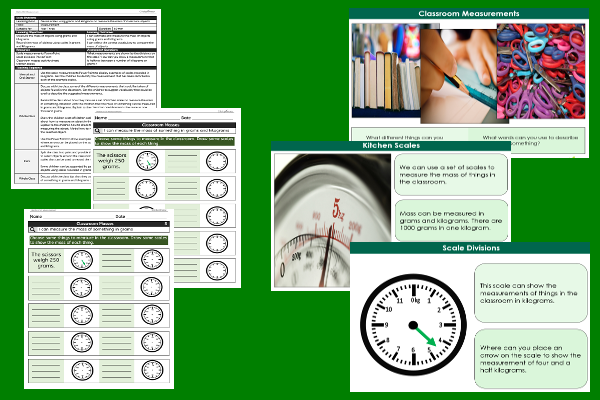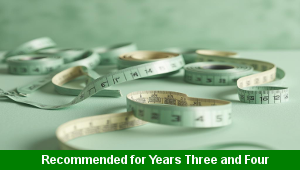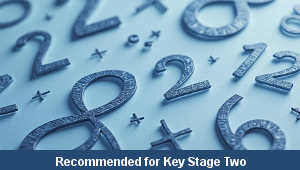Lesson Two – Scale Divisions

This maths teaching pack for Key Stage Two gets the children to select and devise a set of measurement scales using grams and kilograms that can be used to measure and record the mass of a range of classroom objects.
The class can explain and model how to estimate and compare the mass of objects that they have measured in grams and kilograms using symbols and the correct vocabulary words.
Download this teaching pack including a lesson plan, classroom activities and an interactive presentation to select and devise a set of measurement scales using grams and kilograms that can be used to measure and record the mass of a range of classroom objects
Activities in this teaching pack include a set of differentiated worksheets to record how to build and use the correct scales that can be used to show the the mass of a range of different classroom objects using measurements in units for grams and kilograms.
The interactive presentation gets the children to explore how to devise scales using grams and kilograms to measure the mass of a range of classroom objects.
This lesson is part of a maths scheme of work to get the children to solve problems by measuring, estimating, comparing and calculating the mass of different objects using standard measurement units. There are teaching activities for shared learning, differentiated worksheets to support independent learning and interactive presentations to introduce concepts and key skills.
-

Length Calculations
Practise using number calculations skills for addition, subtraction, division and multiplication when solving problems related to length measurements
-

Maths Calculations Assessment
Assess abilities in solving a range of different number problems for addition and subtraction when working with informal and formal written calculations
-

Determinant Lists
Explain and model how to make lists of objects used and found in different locations to match the correct determinants of a and an
-

English SPAG Assessment
Assess abilities in composing sentences for fiction and non-fiction using the correct spellings, punctuation marks and grammar vocabulary phrases
